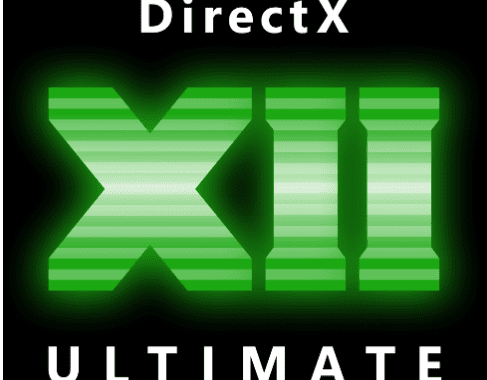Microsoft’s DirectX development team unveiled DirectX 12 Ultimate yesterday and praised it as the “best graphics technology” it ever introduced. The company announced DirectX 12 back in 2014.
Microsoft’s upcoming Xbox Series X supports DirectX 12 Ultimate; on PCs, it is necessary to run Windows 10 version 2004, out in May 2020, or higher, to use the new functionality.

Devices with the DirectX 12 Ultimate logo will support “all next generation graphics hardware features” including “DirectX Raytracing, Variable Rate Shading, Mesh Shaders and Sampler Feedback”. Microsoft wants the logo to become a criteria for PC gamers. It sees DirectX 12 Ultimate as an “additive initiative” that “provides gamers with assurance that their hardware meets the highest bar for feature support in next-generation games”.
Current hardware may not support all features of DirectX 12 Ultimate but that won’t impact compatibility according to Microsoft. Microsoft confirmed in the announcement that current hardware can be used to run next-generation games that use DirectX 12 Ultimate features.
Gamers may not experience all the visual benefits that DirectX 12 Ultimate offers in that case but the games will run on non-DirectX 12 Ultimate hardware according to Microsoft.
Though such hardware won’t provide the visual benefits of the new features, it can still provide a very compelling gaming experience on next generation games, depending on the specifics of the hardware.
Microsoft highlights the following improvements that found their way into DirectX 12 Ultimate:
- DirectX Raytracing 1.1, an incremental addition to version 1.0 that adds these major capabilities:
- GPU Work Creation now allows Raytracing
- Streaming engines can more efficiently load new raytracing shaders as needed
- Inline raytracing support
- Variable Rate Shading, allows developers to vary a game’s shading rate.
- Mesh Shaders to build more “detailed and dynamic worlds”.
- Sampler Feedback for better visual quality, shorter load time, and less stuttering.
DirectX 12 Ultimate unifies the “graphics platform across PC and Xbox Series X” and that offers many advantages according to Microsoft. For one, feature adoption should be faster.
Microsoft’s last attempt at pushing software through hardware, by making DirectX 10 Windows Vista exclusive, backfired heavily on the company. Only a handful of games made use of the new technology because Vista’s attractiveness was not very high at the time.
Developers find a “getting started guide” on Microsoft’s DirectX Developer Blog.
